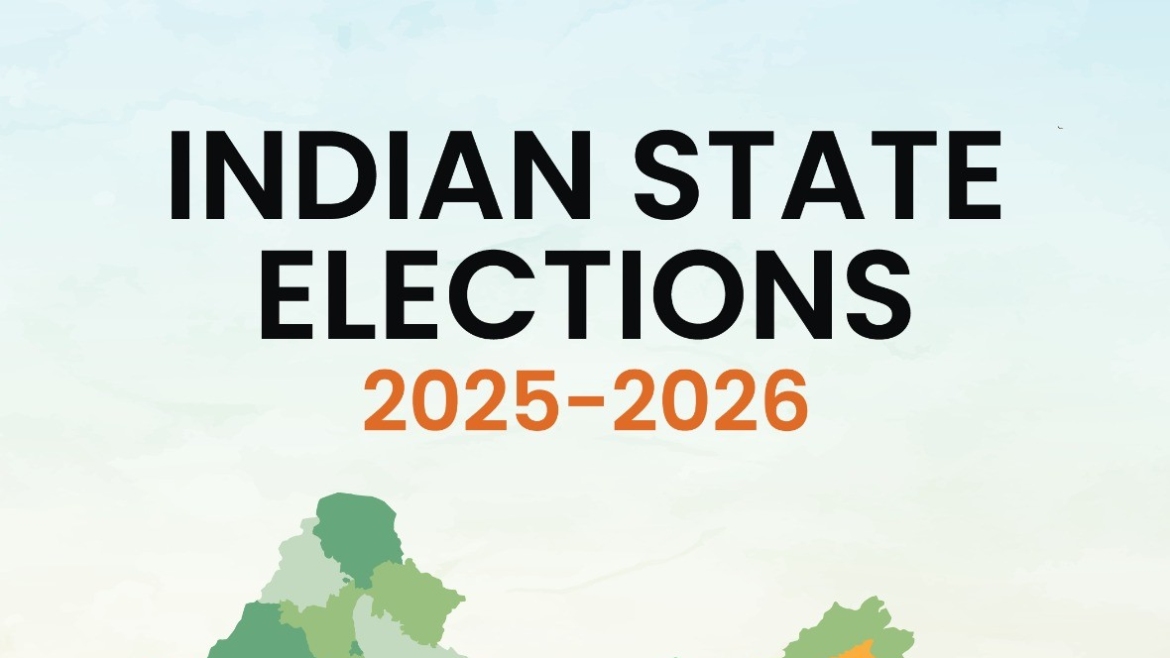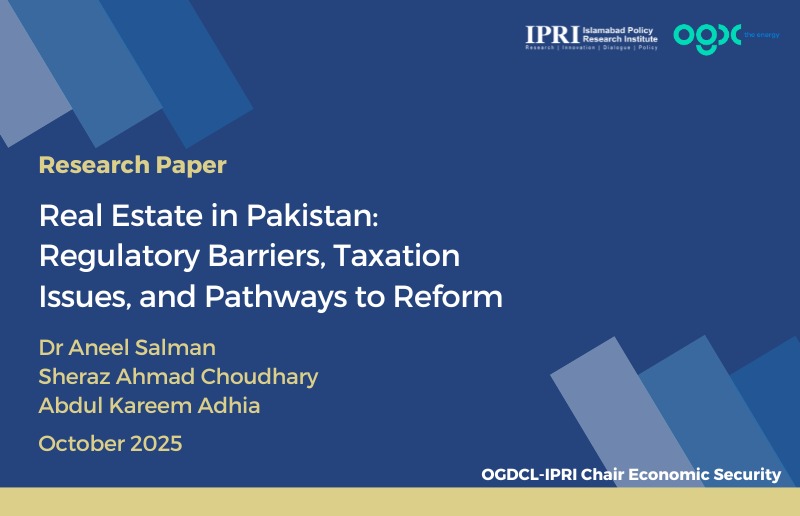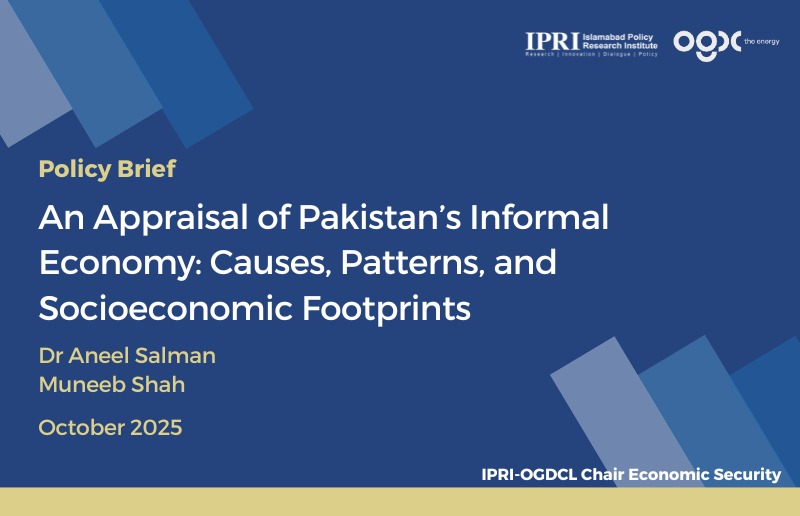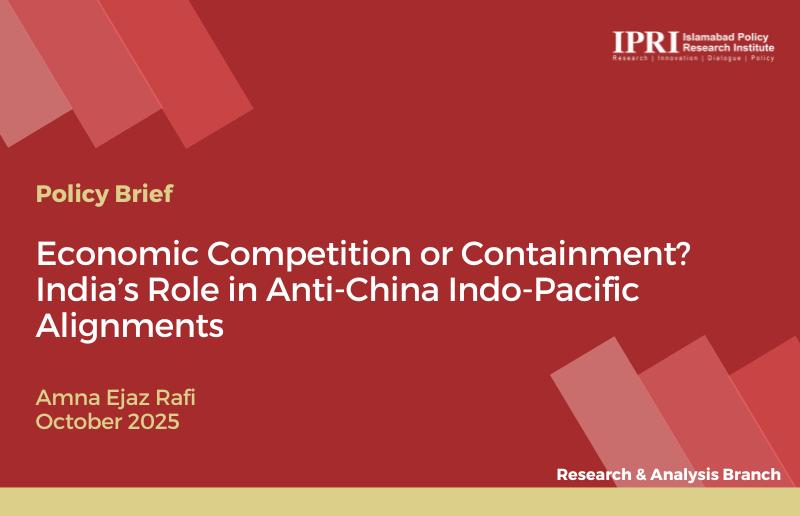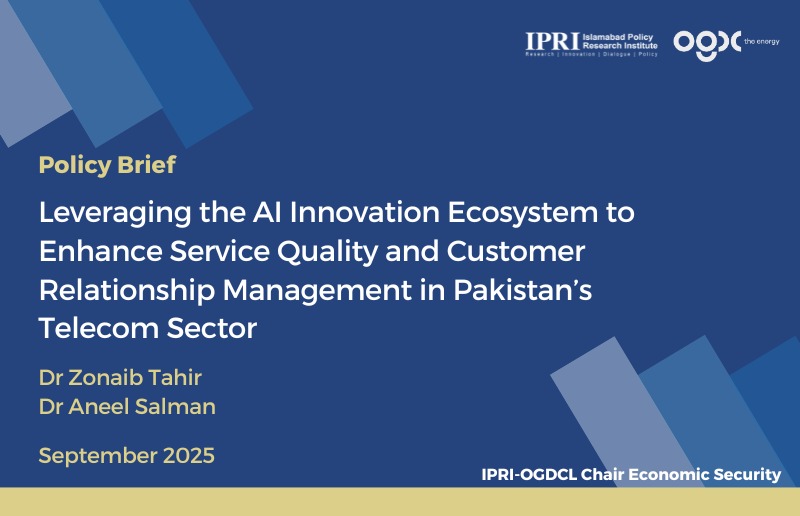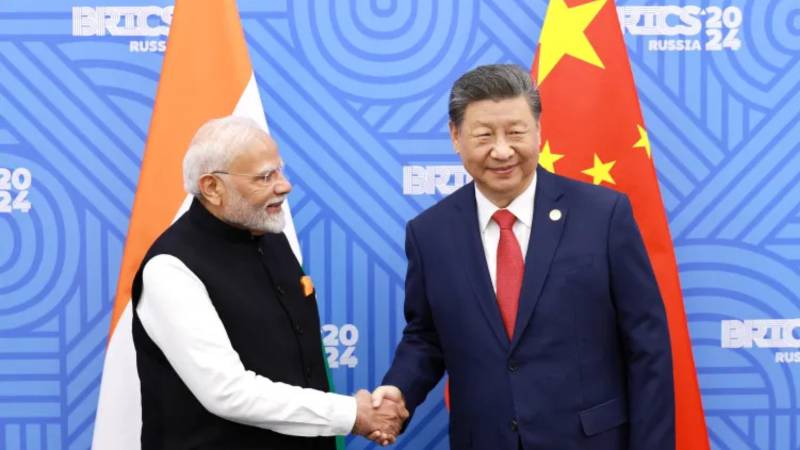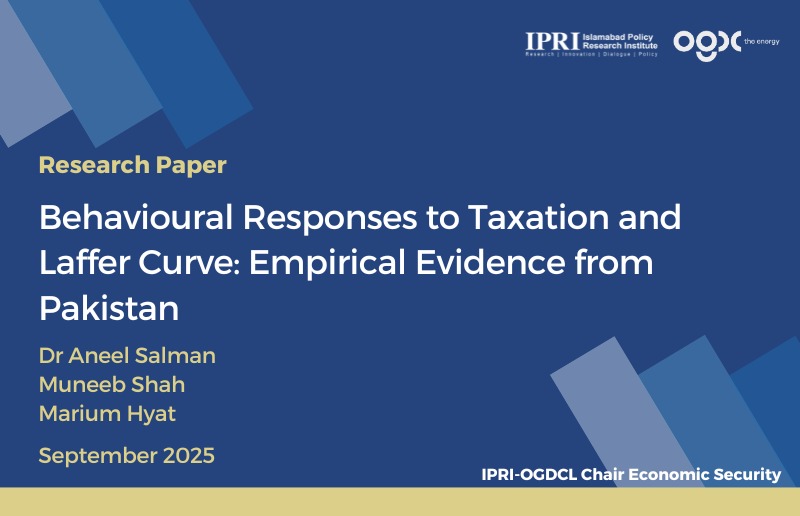
Download
The rapid development of swarm drone technology has introduced new complexities to modern warfare. Capable of independent coordination and large scale precision attacks, swarm drones blur the line between human and machine decision making in combat. Their use raises serious legal and…

